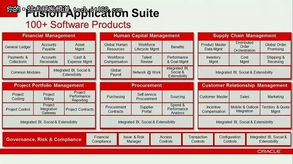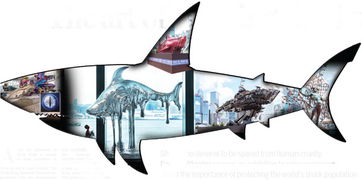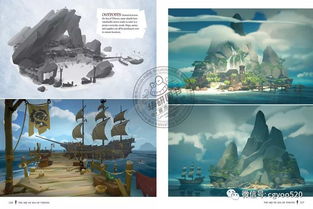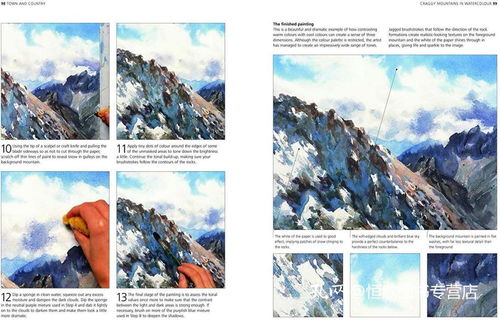In the serene world of angling, the art of trolling is a method that combines patience, skill, and a deep understanding of the water's dynamics. Whether you're an avid cyclist or a seasoned angler, mastering the technique of trolling can elevate your fishing experience. This article delves into the intricacies of how to drag fish effectively, offering tips and techniques that are both practical and adaptable for anglers and cyclists.
Understanding Trolling: The Basics
Trolling is a fishing technique where a lure or bait is pulled behind a moving boat or vessel. The motion mimics the natural swimming patterns of fish, often resulting in more successful catches. For cyclists, this can mean using a special bike-mounted fishing rod holder or carrying your gear in a backpack, ready to set up shop at your chosen spot.
Choosing the Right Gear
The first step in mastering the art of trolling is to ensure you have the right gear. Here’s what you’ll need:
Trolling Rod and Reel: A rod specifically designed for trolling is essential. It should be strong enough to handle the weight of your lure and the fight of a fish. A quality reel with a smooth drag system is also crucial.
Lures and Bait: The choice of lure or bait depends on the type of fish you’re targeting. For instance, spinnerbaits, crankbaits, and jigs are popular for various species. Live bait like minnows or worms can also be effective.

Bike-Mounted Rod Holder or Backpack: For cyclists, a secure rod holder that attaches to your bike is a must. Alternatively, a backpack with a rod holder can be a convenient solution.
Trolling Motor: If you’re using a boat, a trolling motor is essential for maintaining a steady speed without the noise and vibration of an outboard motor.
Setting Up Your Trolling Rig
Attach the Lure: Secure your lure to the end of your line using a snap swivel or a clip. This allows for easy changes without having to re-spool your line.
Adjust the Depth: The depth at which you troll depends on the species you’re targeting. Use a depth finder to keep your lure at the desired level.
Set the Drag: The drag on your reel should be set to allow the line to move smoothly but also to handle the sudden pull of a fish. It’s a delicate balance that requires practice.
The Trolling Technique
Maintain a Steady Pace: The key to successful trolling is maintaining a consistent speed. This can vary depending on the species and conditions, but typically, a speed between 1.5 to 3 mph is effective.
Change Your Lure’s Action: Experiment with different retrieves, such as a slow roll, a steady retrieve, or a stop-and-go motion. This can trigger a fish’s interest and mimic the natural movement of prey.
Keep an Eye on Your Line: Watch for any signs of movement or resistance in your line. These can indicate a fish has taken the bait.
Reel In Slowly: When you feel a bite, reel in slowly and steadily. Avoid jerking or setting the hook too quickly, as this can spook the fish.
Tips for Cyclists
Plan Your Route: Before you head out, plan your route and identify potential spots for fishing. This will help you maximize your time and ensure you have a place to set up your gear.
Be Prepared for the Elements: Trolling while cycling means you’ll be exposed to the elements. Dress in layers, wear a helmet, and protect yourself from the sun and wind.
Secure Your Gear: Make sure your fishing gear is securely fastened to your bike or backpack. You don’t want it to fall off and cause an accident or damage your equipment.
Stay Legal: Check local fishing regulations to ensure you’re following the rules. This includes obtaining the necessary permits and respecting catch limits.
Conclusion
Trolling is a rewarding fishing technique that can be enjoyed by both anglers and cyclists. By understanding the basics, choosing the right gear, and mastering the technique, you can increase your chances of catching fish while enjoying the beauty of the outdoors. Whether you’re on a boat or a bike, the art of trolling requires patience, practice, and a love for the sport. With these tips and techniques, you’ll be well on your way to becoming a proficient troll fisherman. Happy fishing!












